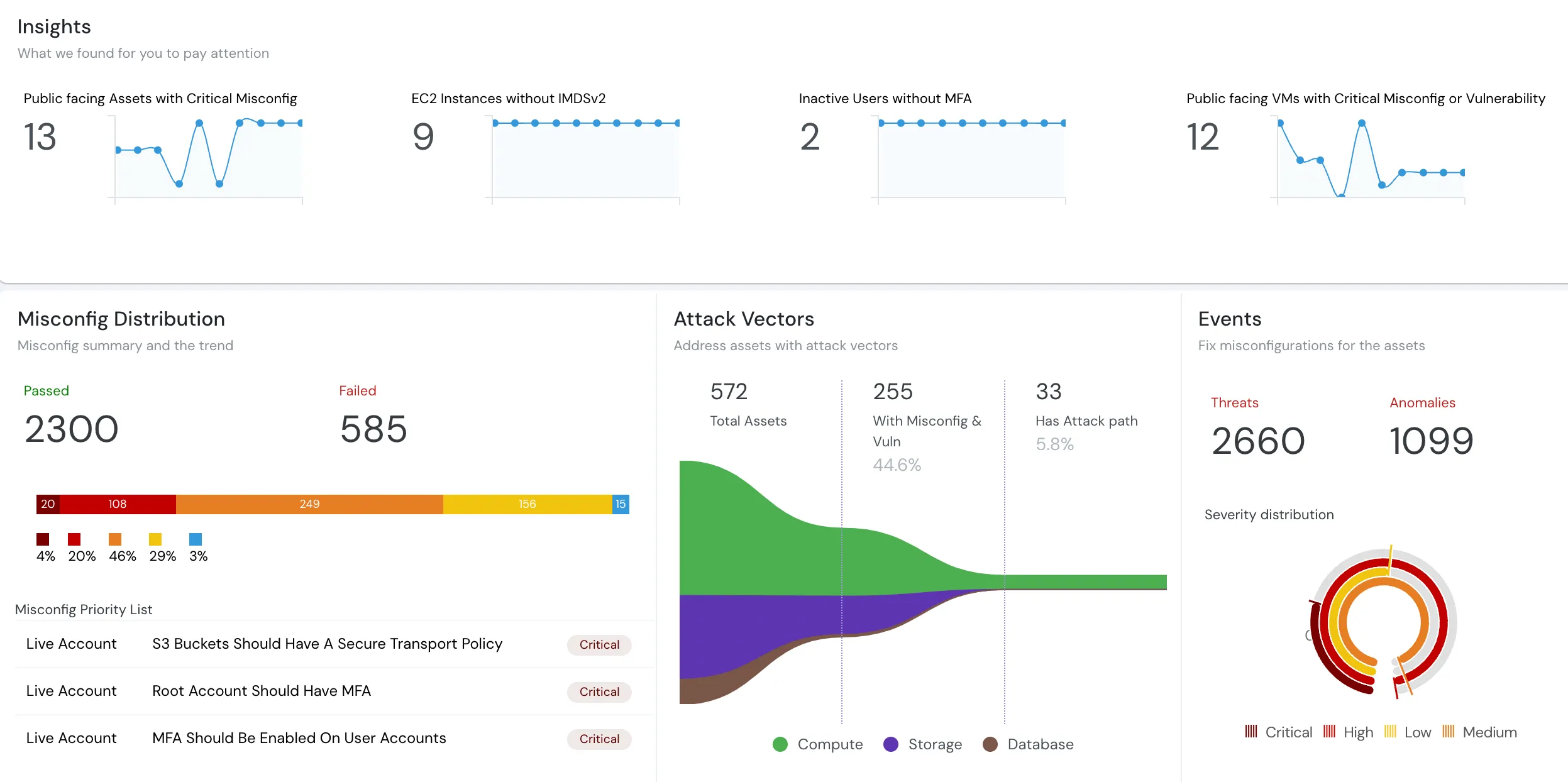Cloudanix
AWS Kubernetes (EKS) Audit
Security groups associated with EKS clusters should allow inbound traffic only on TCP port 443 (HTTPS). This prevents any malicious activities such as brute-force attacks and also meets compliance requirements.
EKS Cluster Should Allow Inbound Traffic only from Port 443(HTTPS)
Security groups associated with EKS clusters should allow inbound traffic only on TCP port 443 (HTTPS). This prevents any malicious activities such as brute-force attacks and also meets compliance requirements.
EKS Clusters Should Have Logging Enabled
EKS clusters should have their control plane logs enabled and publish their API, audit, controller manager, scheduler or authenticator logs to AWS CloudWatch.
EKS Clusters Should Use The Latest Stable Version of Kubernetes
Amazon Elastic Kubernetes Service (EKS) clusters should be using the latest stable version of Kubernetes container-orchestration system, in order to follow AWS best practices, receive the latest Kubernetes features, design updates and bug fixes, and benefit from better security and performance.
Endpoints Should Not Be Publicly Accessible
Your Amazon EKS cluster API server endpoints should not be publicly accessible from the Internet in order to avoid exposing private data and minimizing security risks. The level of access to your Kubernetes API server endpoints depends on your EKS application use cases. It is recommended that the API server endpoints should be accessible only from within your AWS VPC.
EKS Clusters Should Have High Availability
EKS clusters should have a minimum of 3 nodes spread across 3 Availability Zones. Availability Zones are more highly available, fault tolerant, and scalable than traditional single or multiple data center infrastructures.
ECR Repositories Should Be Private
ECR repository policies should not enable global or public access to images. ECR repository policies should limit access to images to known IAM entities and AWS accounts and avoid the use of account-level wildcards.
ECR Repository Tag Should Be Immutable
Ensures ECR repository image tags cannot be overwritten. ECR repositories should be configured to prevent overwriting of image tags to avoid potentially-malicious images from being deployed to live environments.
ECR Image Repositories Should Have A Lifecycle Policy Attached
A Lifecycle policy should be defined for each Amazon ECR image repository in order to automatically remove untagged and old container images. A lifecycle policy is a set of one or more management rules, where each rule defines an action for Amazon ECR.
Image Vulnerability Scanning Should Be Enabled For Amazon ECR
Image Vulnerability scanning should be enabled for Amazon ECR container images after being pushed to a repository. Amazon ECR image scanning helps in identifying software vulnerabilities in your container images. Amazon ECR uses the Common Vulnerabilities and Exposures (CVEs) database from the open-source Clair project and provides a list of scan findings.
Security for your Code, Cloud and Data
Cloudanix replaces your 5-6 disjointed security tools within 30 minutes.
Get StartedCLOUDANIX
Insights from Cloudanix
Explore guides, checklists, and blogs that simplify cloud security and help you secure your infrastructure.
Case Studies
Real-world success stories where Cloudanix helped organizations secure their cloud infrastructure. Watch how we made a d...

What is CSPM?
Understand what Cloud Security Posture Management (CSPM) is and how it automates security and compliance across cloud en...
CASB, CSPM, SIEM: Cloud Security Essentials
Understand how CASB, CSPM, and SIEM work together to enhance your cloud security posture and ensure better governance.
What is Cloud Audit?
In-depth assessment of cloud environment for security, compliance, and optimization. Identify vulnerabilities, ensure da...
Top 10 Challenges of CSPM
Cloud environments are getting more complex and dynamic day by day, making it difficult to gain complete visibility into...
Cloudanix docs
Cloudanix offers you a single dashboard to secure your workloads. Learn how to set up Cloudanix for your cloud platform ...
Changelog
A complete history of changes, improvements, and fixes for Cloudanix. Subscribe to get notified about the latest updates...
